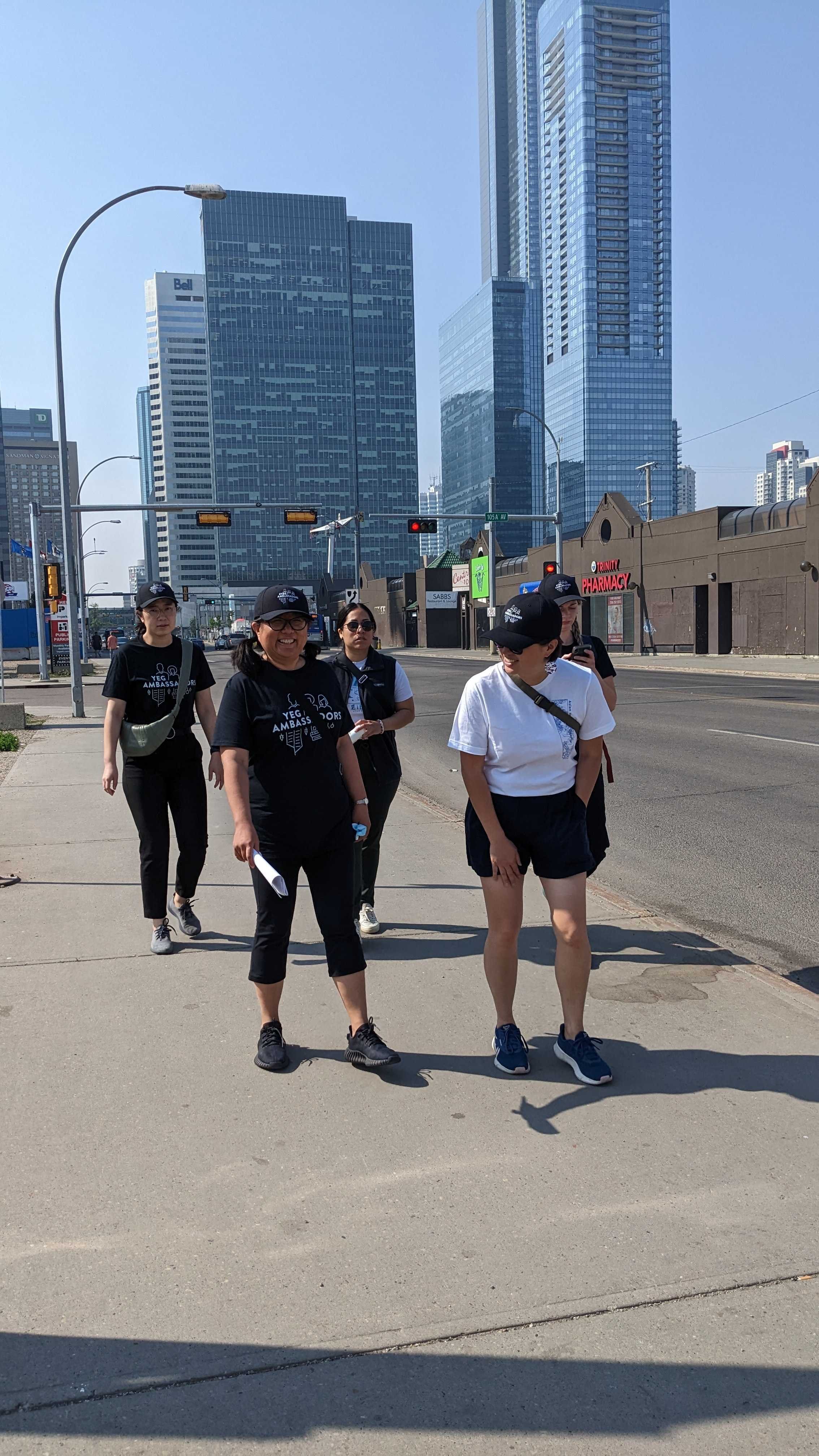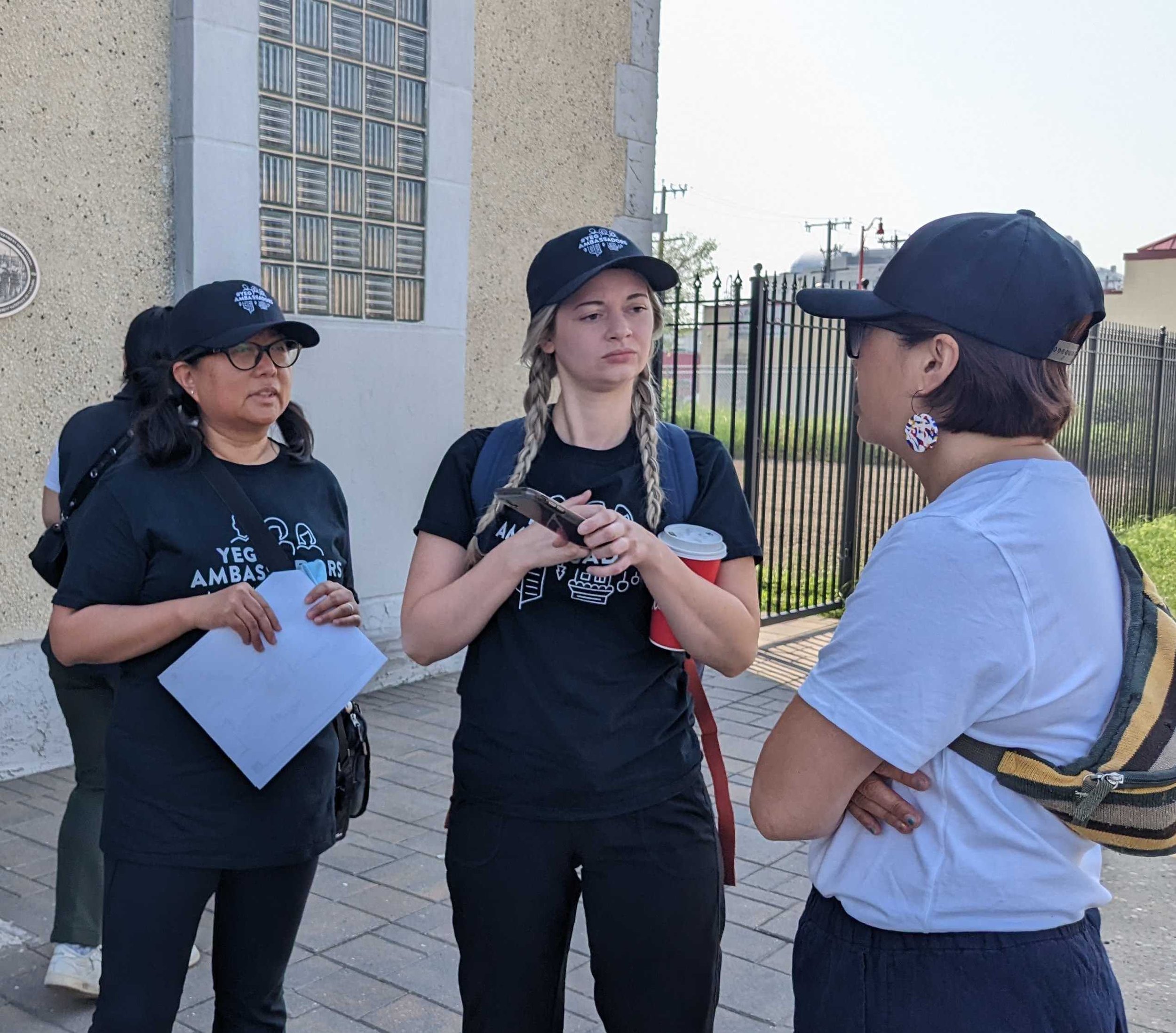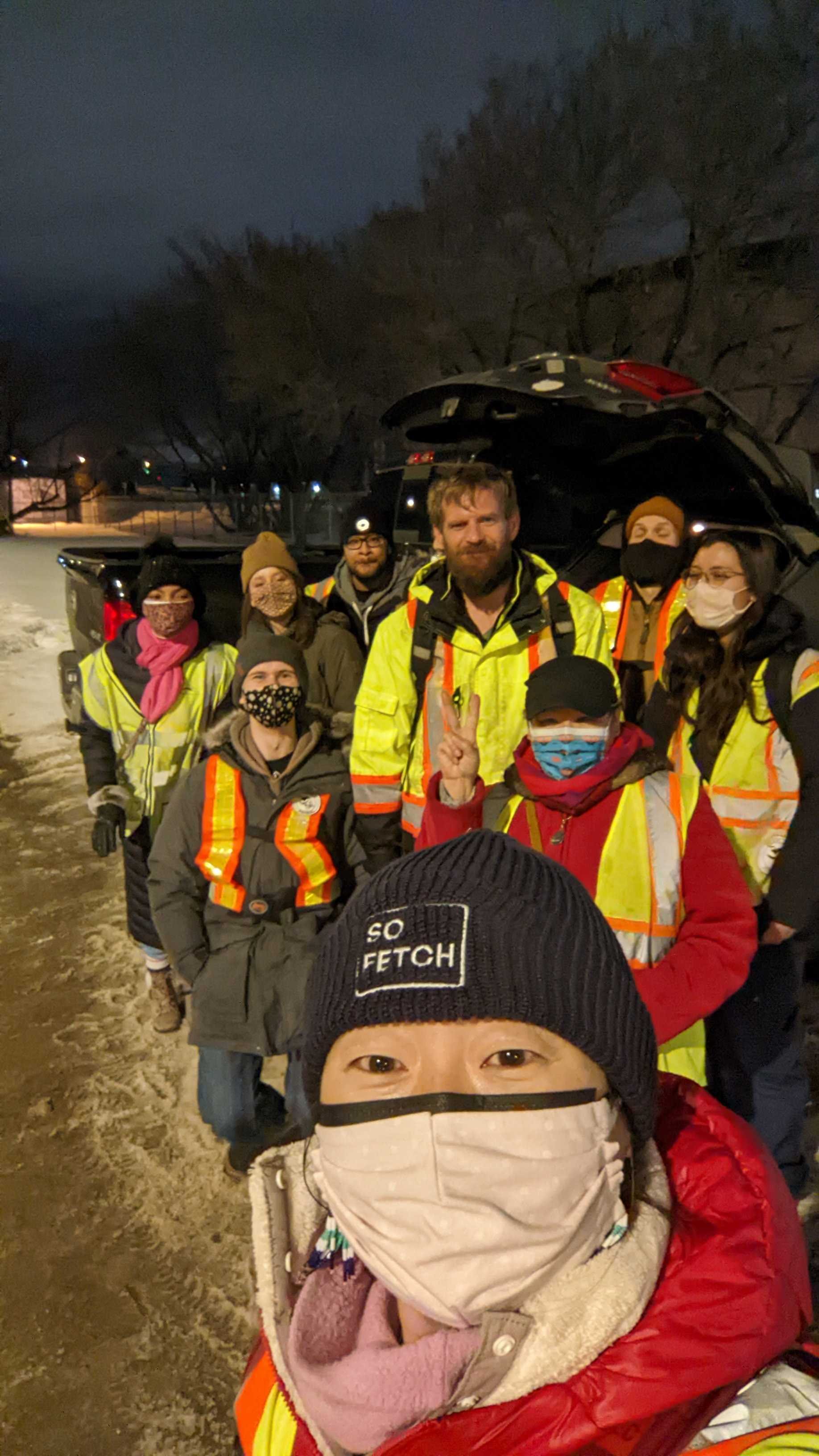Multi-disciplinary Outreach Teams: Can the system be more effective?
I’ve spent most of my professional life in the social development sector. I worked on City initiatives with a cross-section of partners, digging into the hairy issues of systems coordination to support some of the most vulnerable Edmontonians. I’ve been at the frontline, working to support my colleagues in outreach, connecting with those with complex needs, and navigating the streets and systems.
I learned that when it comes to addressing complex needs, we need different minds to come together to tackle the different aspects of the issue. This is a far more collaborative, effective, and healthy way compared to loading all of the responsibilities onto and relying on the expertise of one person. I know that the multi-disciplinary approach works.
With the impact of the pandemic, I recognized that it was more important than ever to work across sectors and professions because the challenges and the complexity of needs were being amplified, and the need for diverse expertise was heightened. So we turned to taking a multi-faceted approach to these social issues that were hitting our downtown hard. This multi-disciplinary approach is one of the tools we continue to focus on. In fact, since I have been in office, we’ve funded numerous multi-disciplinary efforts, some brand new, some existing.
When we make policy decisions at Council, I’m always curious about how things go “on the ground”. Over the last year and a half, I have joined various groups in walk-alongs and ride-alongs, for 2-3 hour shifts at a time, soaking in the perspective from the streets, understanding what the frontline is feeling, thinking about the big issues we have at hand, and observing the interactions they have with community members, and with other teams.
I learned a lot from my time with:
A mutual aid group,
The Downtown EPS beat,
Community Outreach Transit Team (COTT),
Human-centered engagement and liaison partnership (HELP),
24/7 Crisis Diversion, and
I met passionate frontline workers and volunteers focused on the humanity of the houseless, mental health, and addiction crisis on our hands. Some of them have been doing this job for several years and still love it. Some are puzzled about the lack of places to divert crises to. Some have lived through the experiences of addiction and have returned to give back to their community.
Some of these groups emerged through the pandemic but are here to stay (mutual aid, COTT, HELP). While others have been around for quite some time, and have shifted their response because of COVID to move towards greater coordination with others. They all felt like different pieces of a puzzle ever slowly coming together, with some perspectives about partnership and coordination changing in the past year and a half, from staunch resistance to openness.
These 6 groups are part of a broader spectrum of outreach teams described in a report to be discussed at City Council’s Community and Public Services Committee on Monday, June 19th. This report looked at a total of 23 outreach teams, including 3 mutual aid groups, the landscape in which these teams function, and how they interact and coordinate with each other.
For the longest time, we’ve talked about service and systems coordination within the human services ecosystem to no end. It often comes up as a crutch we blame for many of the failures we see - social disorder, housing and addiction treatment waitlists, crime and justice, open drug use, opioid overdose, and more. Yet we continue to pour resources in to try to solve this puzzle, without fundamentally understanding what the problem is that we are trying to solve, and without changing how we work together.
So when I put the motion forward last year to better understand our multi-disciplinary outreach landscape in Edmonton, I hoped that we could be more focused on one part of the broader human-services ecosystem, and lay down the information we have so we can clearly describe the problem we are trying to solve.
This report is a start. We learned about the variety of outreach programs, funded by various players, and spread out in different parts of the city. It proposes opportunities for further exploration such as better data sharing and coordination, the development of shared outcomes that all funders can agree on, and an outreach hub for agencies to collaborate. I think we can be bolder and more creative to get to a point of seamless coordination.
What can this look like?
I recall an interaction I observed in my very first walk-along with the mutual aid group in January 2022. Towards the end of the night, we were waiting for the LRT on the Central Station platform. The team lead’s cell phone rings. It was a mother calling from a nearby reserve community - she got their number from Facebook. She was worried about the whereabouts of her son who was new to the city, and wanted someone to check up on him and see if he made it to a shelter. After a bit of investigating, we found a number to get a hold of him. Turns out it was the number of a social agency worker, who immediately recognized the team lead and the mutual aid group over the phone and let them know the son had been safely driven to the shelter, which the team leader relayed back to a relieved mother. This all happened in the course of 5 minutes. Multiple support teams now know of this young man who is new to town; they have a way of contacting family members and each other; and through information sharing, they know what resources are available. An immediate resource is shelter, but longer term the resources might be employment support and housing. And perhaps this web might just allow him to not fall through the cracks and set him up for success.
I’d like to hope.







